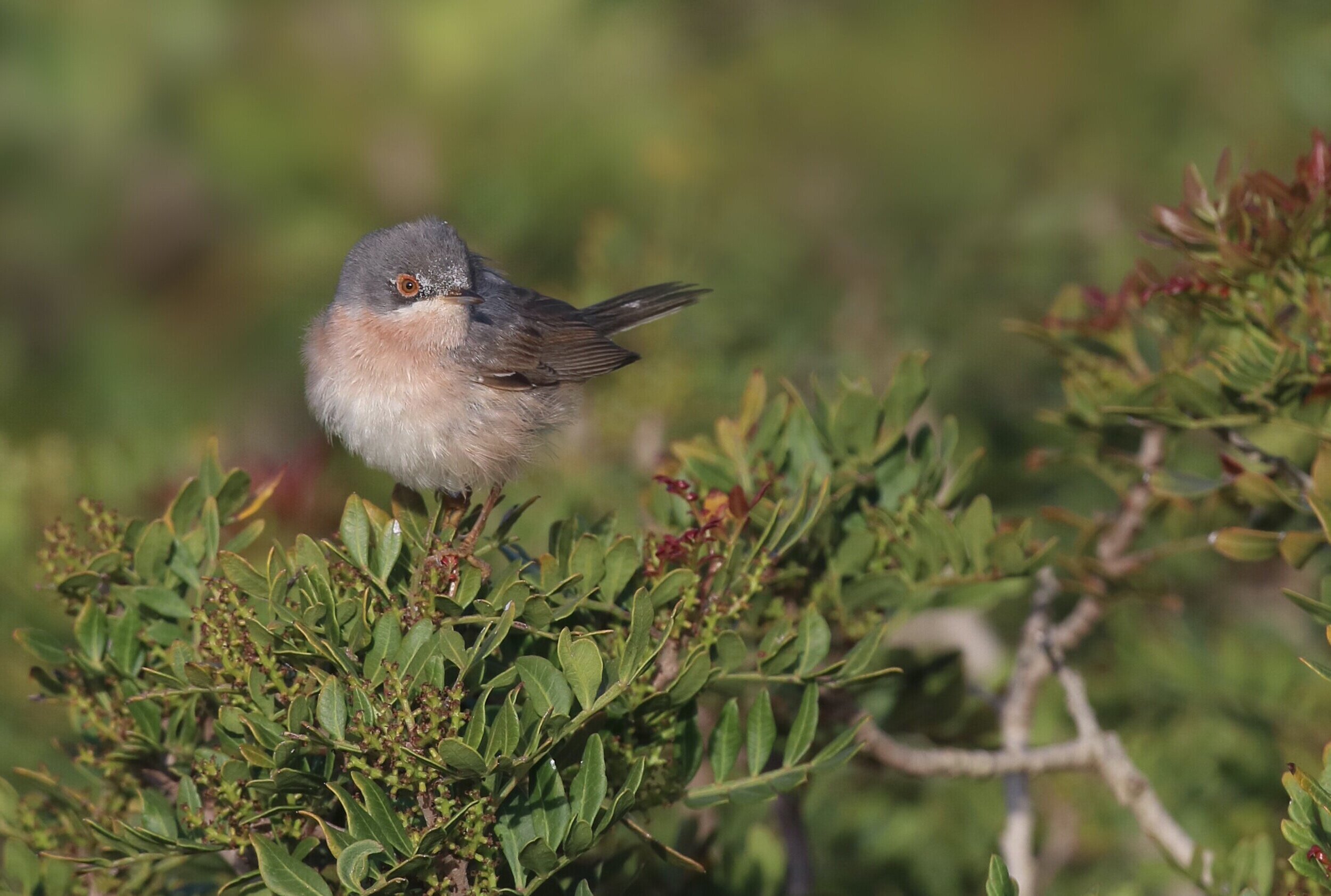
Welcome to Subalpine Birding!
This blog aims to provide rigorous and elaborated posts on bird identification and ageing, while exploiting the benefits of online publications. It’s focused on Western Palearctic birds, and especially on - but not limited to - topics related to Southern European species that we feel have gone largely forgotten in the literature. Take a look, share and feel free to contact us to either comment or contribute.
Follow us on Twitter
Latest posts
In this post, we review the geographical variation of Eurasian Curlew across its breeding and wintering range and show how orientalis of putative Central Asian origin regularly overwinter in West Africa, and a few of them pass through Western Europe on migration. We also discuss the identification of this Asian birds (both orientalis and intergrades) and show multiple examples from Spain.
In this post, I discuss the presence of hybrids European Herring x Lesser-black Backed Gulls (the Guilvinec Gull) in Brittany, France, and describe their identification, showing a commented gallery that includes ten different individuals of this interesting hybrid gulls. The main identification features and separation from similar looking taxa are also included.
Greenland Dunlin is an endangered and quite unknown taxon that breeds in N Greenland and migrates to N Africa. In May 2022 there was a remarkable influx of Greenland Dunlins in N Spain, that allowed us to study this taxon in detail. This post deals with its identification in breeding plumage, describing the key plumage features separating Greenland and European Dunlins, and showing many examples of typical arctica as well as some birds of disputed identity.
The identification of Little and Least Terns is usually considered extremely difficult, especially so in first calendar year birds. In this post we describe the upperwing pattern of Least Tern in juvenile plumage as a very useful character to easily separate both species. The head pattern is also an important character of use when separating this species-pair. The identification of the first 1cy Least Tern found in Europe, a bird seen in September, 2019 in N Spain, is discussed applying these criteria.
In this post, I describe the different moulting strategies of immature Griffon Vultures that migrate to Africa to spend their first years of life compared to resident Griffon that remain in the Iberian Peninsula. Migratory birds are able to moult during more extensive periods in Africa, replacing their juvenile plumage in less than 2 years (c.3 in resident birds in Iberia). The key factors explaining the different moult timing between resident and migratory Griffons are also discussed.
Here I present a recent record of a male Boyd’s Shearwater that visited a Barolo colony on S La Gomera, Canary Islands. A discussion of this bird’ identification on sound only is included, along with a description of male Barolo Shearwater sound repertoire and a list of the previous Boyd’s Shearwater records on the Canary Islands.
As a follow-up of the Siberian Black Kites post, we show some pictures of a presumed hybrid Red x Black Kite recently seen in Spain with excellent photographs by Javiar Parrilla. The bird shows a mix of features from both species, both in plumage and structure. These hybrid kites resemble West Siberian Black Kites due to the presence of white on the underwing, so it’s good to be aware of how they look like.
This post describes the geographical variation of the Black Kite across the Palearctic, from the European migrans to the Far Eastern lineatus, with special attention to the intergrades found in Western and Central Asia. We then analyze Black Kites that overwinter in huge numbers in the Middle East, typically originating from this intergradation area. Finally, we demonstrate that Black Kites from Western Siberia, which already exhibit some features reminiscent of lineatus, occasionally appear in Western Europe during the winter.
A compilation of pretty much everything we know about the identification of Iberian Chiffchaff. Focused on field views assessment of structure, plumage and moult, with a quick look through voices of pure and mixed singers. Finally, ‘Scandinavian’ Common Chiffchaff is described as the main potential pitfall in a vagrant context.
The Ipswich Sparrow is currently treated as a subspecies of Savannah Sparrow and included as such in the WP list as one was found in the UK back in 1982. This taxon is truly distinctive and likely deserves a taxonomic review, which could end up with a new species to be added to the WP list.
The underwing pattern of Long-billed and Short-billed Dowitchers is an excellent id feature, likely more reliable than all those described in the literature in the past. Long-billed most often presents a white patch at the leading edge of the wing, close to the body. Short-billed shows a darker underwing due to a thicker barring. In this post we explore this feature and study the variability in both species.
The identification of the different Common Eider subspecies has attracted considerable attention in the literature, and in Europe up to four subspecies have been recorded (Northern, Dresser's, Pacific, and of course mollisima). However most of these records involve adult males and indeed females have gone forgotten. In this post the identification of female Dresser's and Northern Eiders is reviewed.
The key identification features of Semipalmated Plover, such as the bill shape and the presence of white in the gape, are widely known and well described in several papers but the variability on these features is still not well known among European birders. In this post we revisit the main id features and show some examples of difficult birds.
Despite hybridisation between Lesser and Greater Spotted Eagles is well documented, a close encounter with a 1st cycle hybrid in Taqah, Oman, in February 2019, offered an unparalleled opportunity to study the plumage of a fairly extreme example. Some photos of this bird are included and captioned, depicting every id feature found in the literature.
Strong Easterlies in April mean only one thing to Iberian Med coast birders: Collared Flycatchers. However, the Eastern galore we experienced in April 2019 exceeded all expectations. Over one hundred Collared Flys were reported only in Catalonia and of course some individuals arose the debate. A good chance to study females and presumed hybrids, both included here in this post.
Nightjars are famous for their camouflage and their night habits. Some species remain largely unknown and Sykes’s Nightjar is surely one of them. After the first for Oman, found by some friends in 2016, the species must be in every WP birder radar so it’s good to know how does it look like. We had amazing views of an Egyptian Nightjar in Muntasar Oasis, Oman, and started to wonder how to tell them apart when seen perched. Spoiler alert: after a very close scrutiny, I still don’t know yet.
Little and Saunders’s Terns are very similar even in breeding plumage but at least there are some keys to follow. In wintertime, however, the identification relies mainly on the moult of flight feathers and still little has been done in that respect. The presence of a large flock of mainly Saunders’s Terns in Khawr Dhurf, Oman, in February 2019, provided prolonged views and photographs of this species, which were then used to perform this moult analysis.
Hudsonian Dunlin differs from Dunlin taxa that occur regularly in Europe in juvenile/first-winter plumage, the age class and time of year with highest likelihood of occurrence as vagrants. In this post we explore the main characters of Hudsonian Dunlin compared to European birds.
In November 2016, a huge flock of White-winged Scoter spent a week feeding very close to shore, allowing for detailed study of a good number of birds. In this post I explore my pictures of the flock to review the ageing and identification criteria of this taxon.





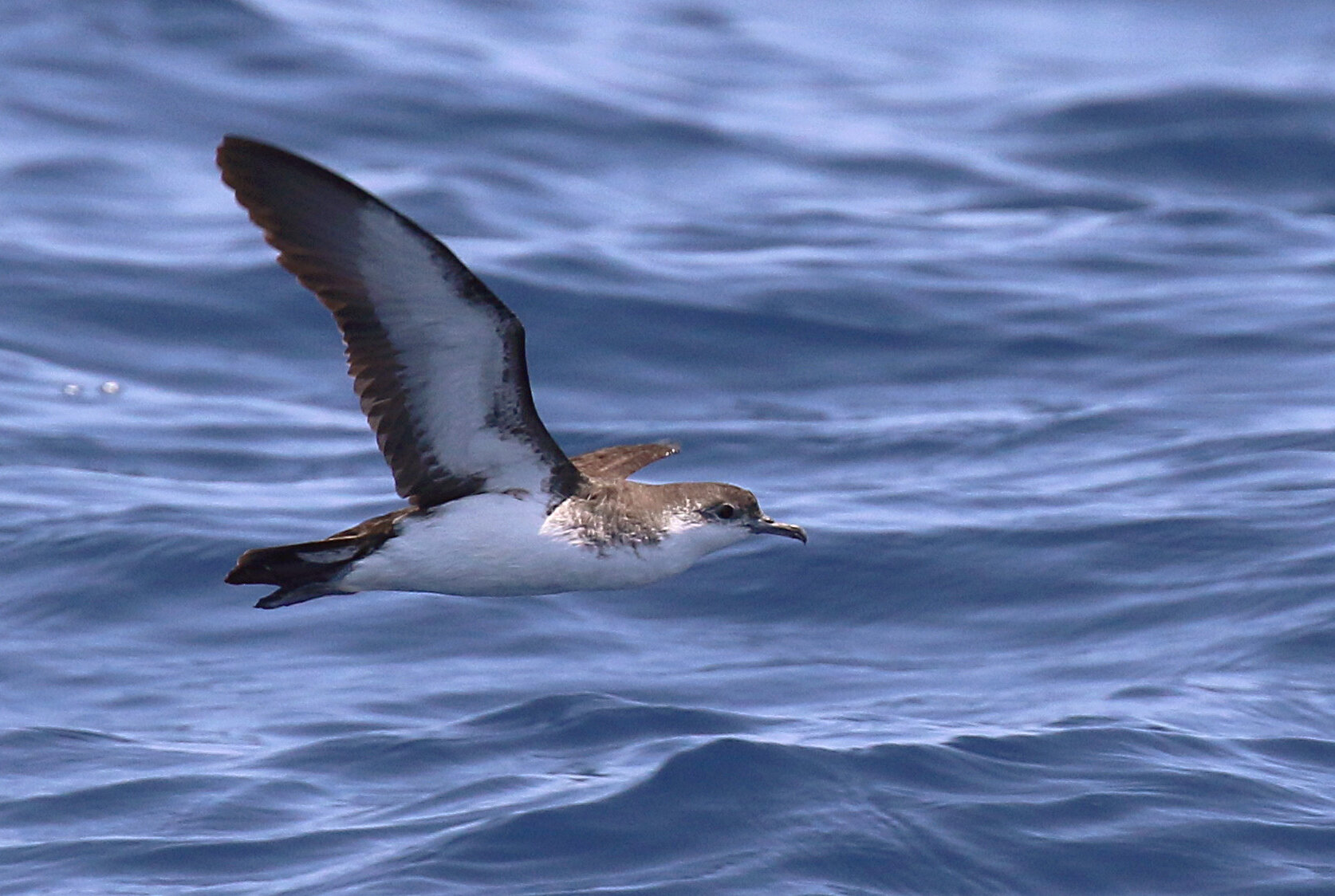
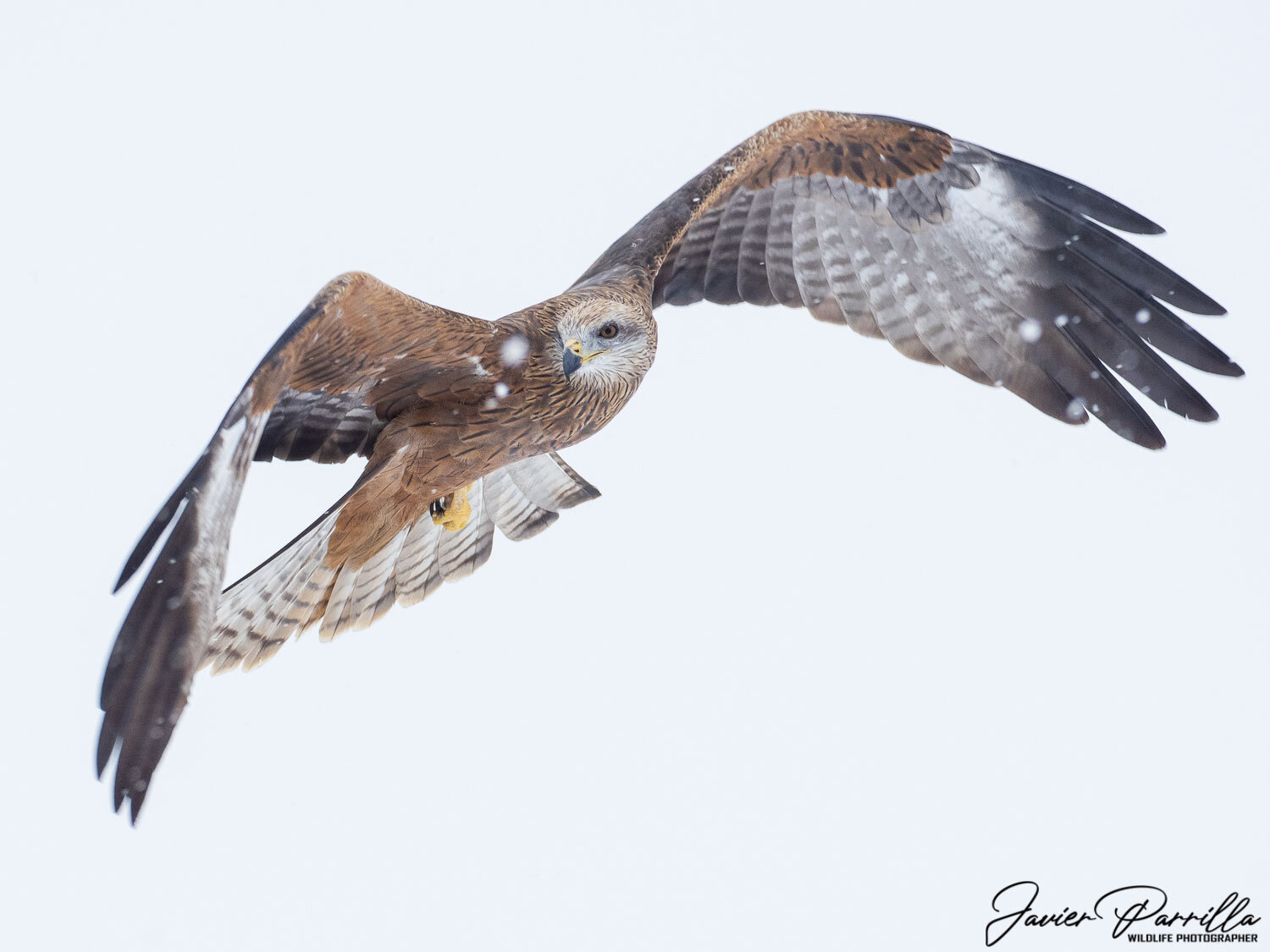
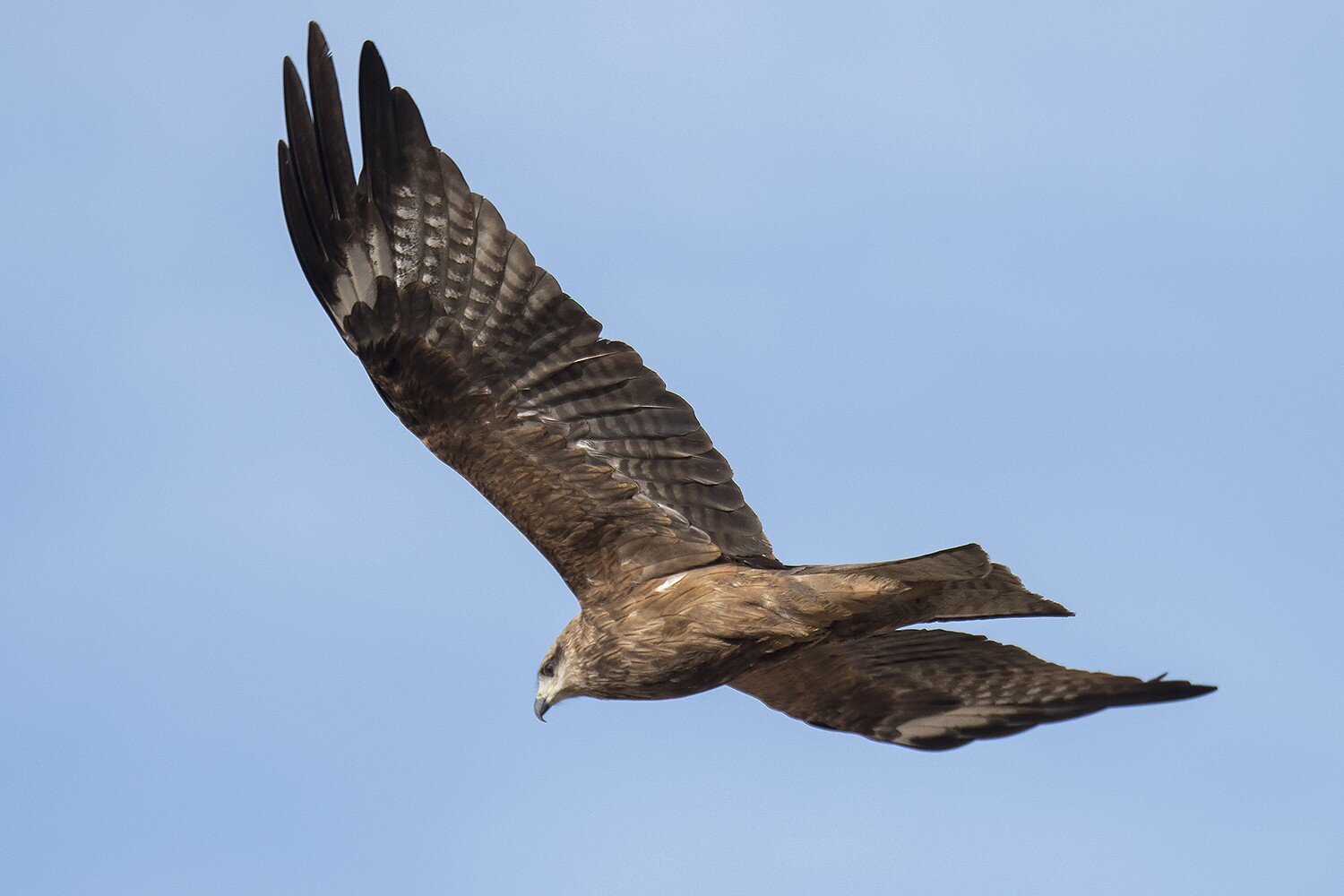






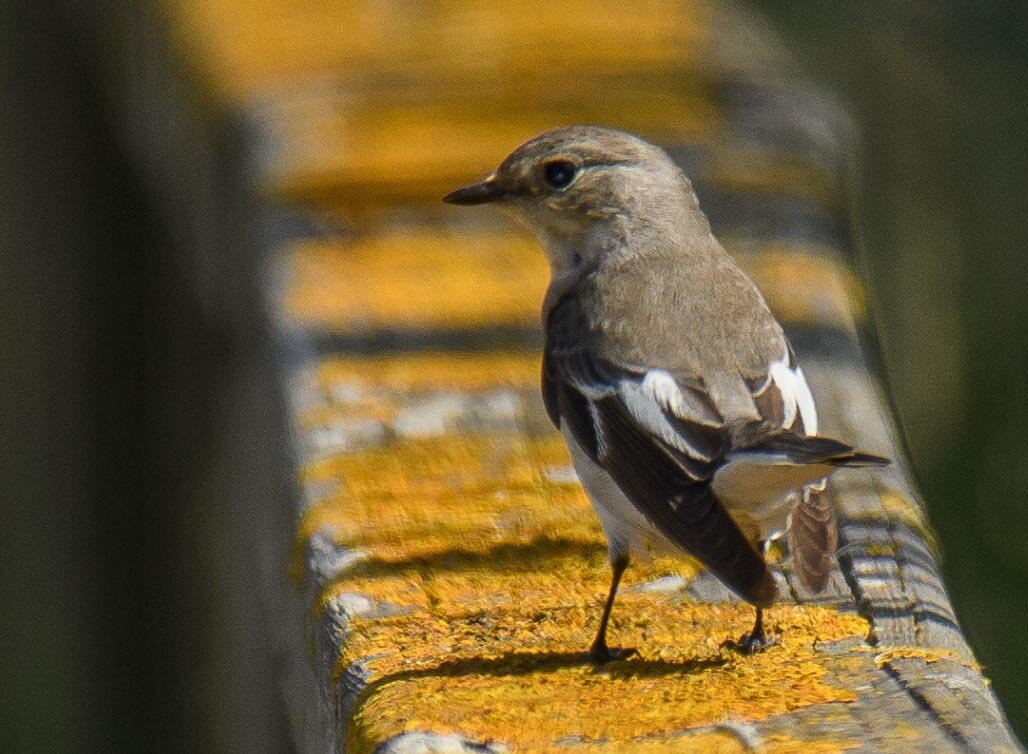




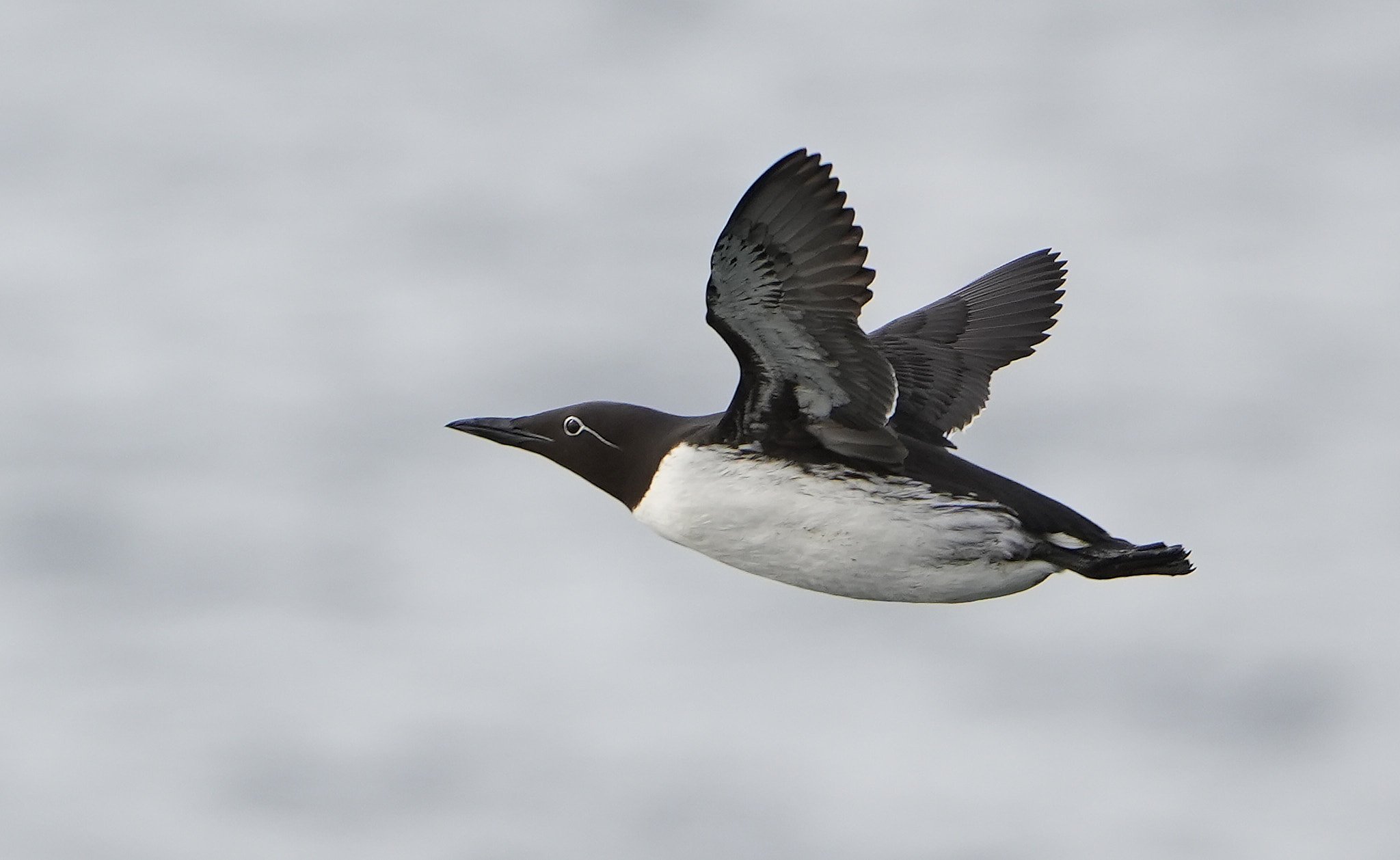




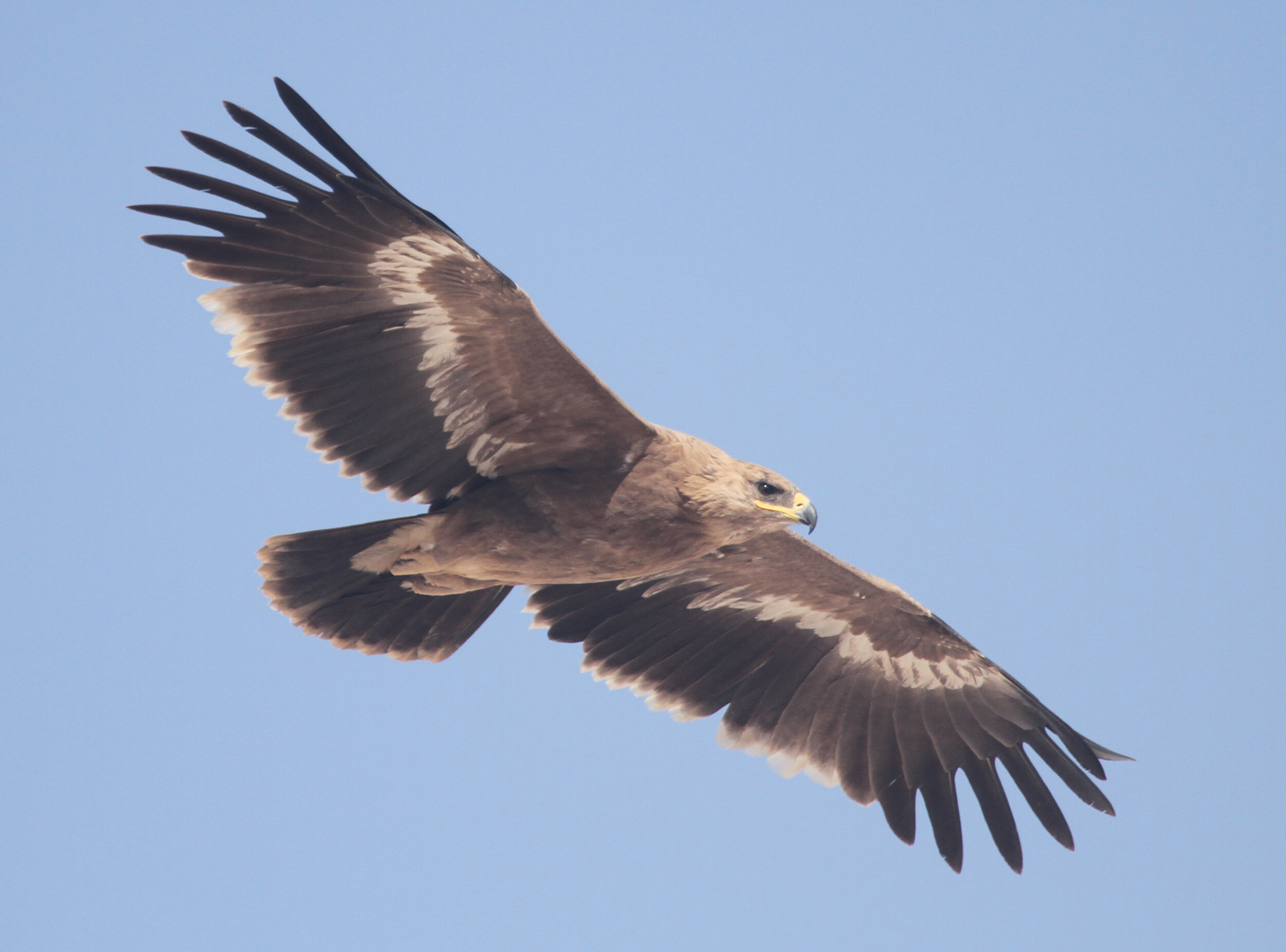
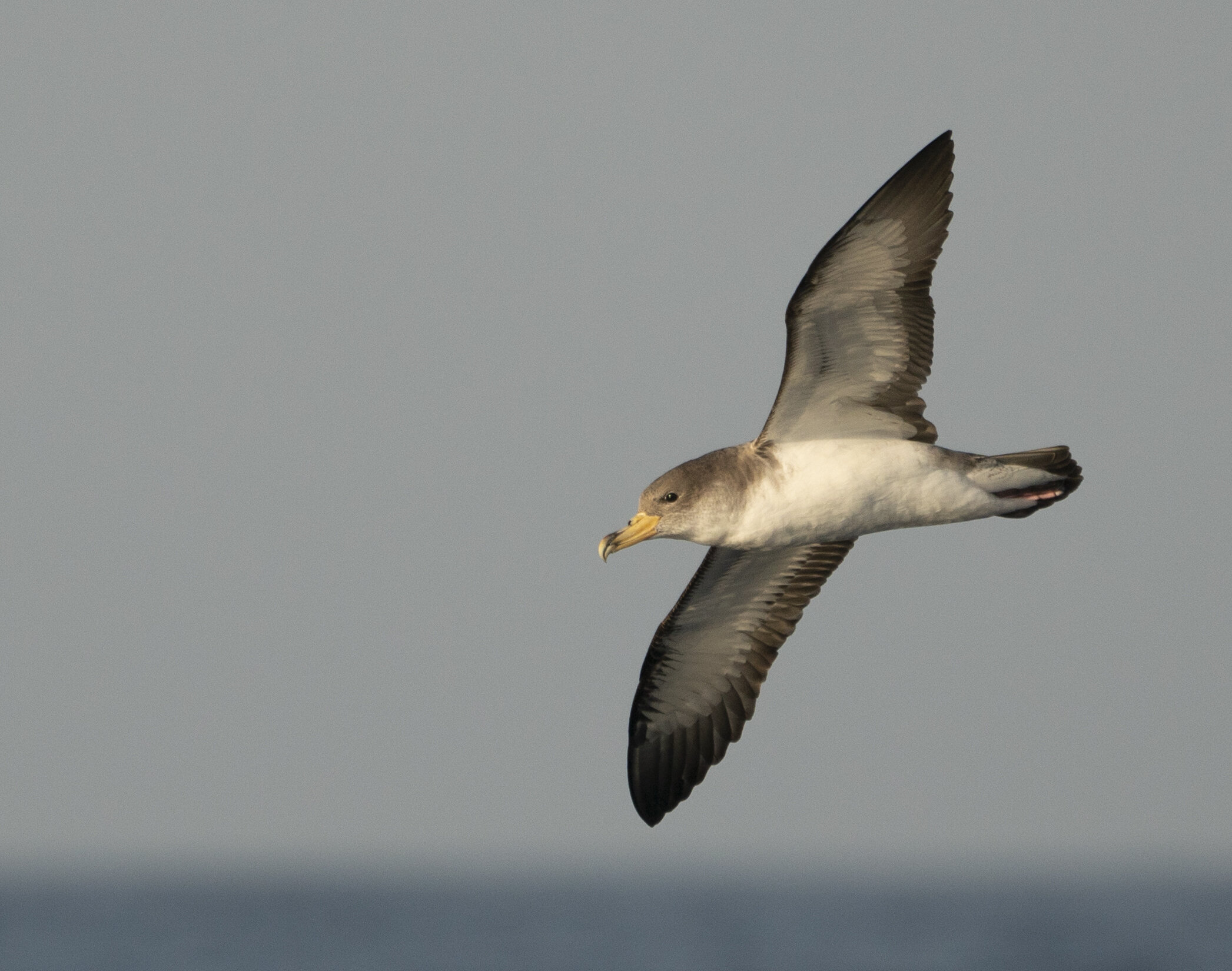
The identification of Red-necked Grebe subspecies primarily relies on measurements, and most accepted records of the Nearctic taxon holbollii in Europe come from deceased individuals that were accurately measured. In this post, I examine the variability of four key field identification features: bill length and shape, flank color, facial pattern, and the presence of black below the gape. In particular, I highlight the often striking differences in flank pattern between the two subspecies and use this characteristic to assess potential holbollii records from Europe.